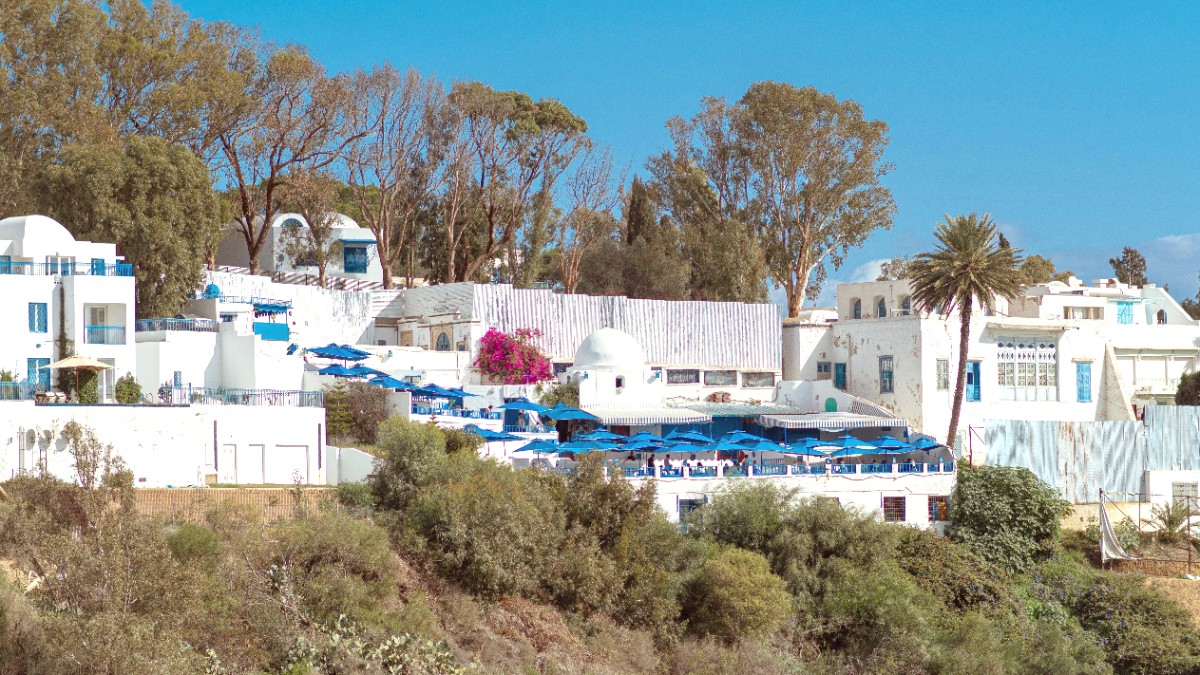
Tunisia
The TGM (Tunis-Goulette-Marsa) light rail line connects Tunis (Tunis Marine station, near the city center) to La Goulette, Carthage, and La Marsa along the coast. This is the main way to access the archaeological sites of Carthage from Tunis. It features scenic views of the bay.
The Métro Léger (Light Metro) tramway system serves Tunis and its immediate suburbs. It does not directly serve Carthage but connects to Tunis Marine station. From there, you can transfer to the TGM line for Carthage. The SNCFT local train services connect Tunis to closer towns, mainly serving commuter routes.
Tramway system for Tunis and its immediate suburbs, connects for TGM transfer.
Local bus network for Tunis and suburbs, including Carthage. Can be crowded.
Local train services connect Tunis to closer towns, mainly commuter routes.
Around 5:00-6:00 AM to 9:00 PM-midnight.
Trains and trams run every 10-20 minutes.
Reduced frequency on off-peak times and weekends.
Public transport is generally not very accessible for mobility challenges.
Taxis feature a convenient and relatively inexpensive way to travel locally, especially for shorter distances or when carrying luggage.
Most common rental option. International Driving Permit (IDP) needed.
Less common for tourists; challenging driving conditions.
No widespread sharing programs; some hotels may offer.
Carthage features pedestrian-friendly areas for walking, while cycling has some limitations.
Dedicated bicycle lanes are limited in Tunis and Carthage.
Cycling on main roads can be hazardous due to heavy traffic and aggressive driving. Stick to less busy streets for leisurely rides.
Avoid walking alone at night in poorly lit or deserted areas.
Exercise caution in crowded markets (souks) due to pickpocketing risk. No specific "no-go" areas in Carthage during the day.
Generally limited. Many historical sites have uneven terrain, stairs, and lack ramps.
Public transport is not wheelchair-friendly. Private transport with pre-arranged assistance is often needed.
The TGM light rail features an inexpensive and efficient way to explore Carthage from Tunis, connecting you directly to the main archaeological sites.
For more flexibility, taxis and Bolt (ride-sharing app) are readily available and affordable options within the city.